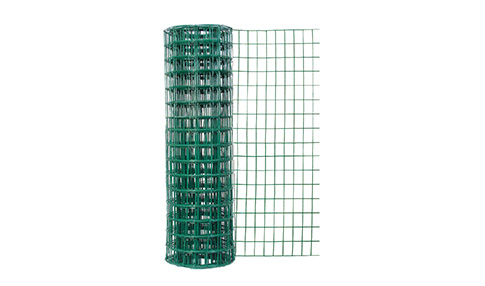Building a Sturdy and Affordable Tomato Trellis Using Rebar for Your Garden
Ago . 15, 2024 12:34
Building a Rebar Tomato Trellis A Guide to Support Your Plants
Gardening enthusiasts and home growers know the value of providing support to climbing plants, especially tomatoes. A sturdy trellis not only enhances the appearance of your garden but also promotes healthier growth and improved fruit production. One effective and durable option is a rebar tomato trellis. This article will guide you through the benefits and construction of a rebar trellis suitable for your tomato plants.
The Benefits of a Rebar Tomato Trellis
Rebar, or reinforcing bar, is typically used in construction to reinforce concrete structures. However, its strength, durability, and resistance to rust make it an excellent choice for supporting tomato plants. Here are several advantages of using a rebar trellis
1. Stability Rebar is incredibly strong and stable, capable of supporting heavy tomato plants laden with fruit without bending or breaking under the weight.
2. Longevity Unlike wooden trellises that can rot or degrade over time, rebar is resistant to weather conditions, ensuring your trellis lasts for many growing seasons.
3. Cost-effective While initial costs may vary, rebar is generally affordable and can be recycled, making it an eco-friendly choice as well.
4. Versatility A rebar trellis can be adapted to fit various garden spaces and can accommodate different types of climbing plants, making it a versatile solution beyond just tomatoes.
5. Improved Airflow and Sunlight Elevating tomatoes off the ground not only makes harvesting easier but also improves airflow and sunlight exposure, reducing the risk of diseases that thrive in damp, shady conditions.
Constructing Your Rebar Tomato Trellis
Building a rebar trellis is straightforward and requires only a few materials and tools. Follow these steps to create your own
Materials Needed - Rebar (typically in 1/2 inch diameter) - Rebar caps or PVC pipe caps (to protect against injury) - Rebar bender (optional, for shaping) - Concrete mix (if you wish to set in concrete) - Wire or twine (for securing plants)
rebar tomato trellis

Tools Required - Hammer or rebar driving tool - Wire cutters (if using wire to secure the plants) - Measuring tape
Step-by-Step Instructions
1. Measure Your Space Determine where you want to place your trellis. Consider the height and width based on your tomato plant variety and the available garden space.
2. Cut Rebar Cut the rebar into lengths suitable for your trellis. For most tomatoes, 5-6 feet tall posts work well. You’ll also need several shorter pieces to create a grid or support structure.
3. Set the Posts Drive the tall rebar pieces into the ground about 2 feet apart, ensuring they are at least 1-2 feet deep for stability. If desired, you can reinforce them by pouring concrete around the base for extra strength.
4. Create the Grid Using additional rebar, create a horizontal grid by tying or welding the shorter pieces to the vertical ones. Space them about 12-18 inches apart, depending on the type of tomatoes you are growing.
5. Protect the Ends Place rebar caps on the tops of the vertical pieces to prevent injury to yourself or pets.
6. Plant Your Tomatoes Once your trellis is ready, plant your tomato seedlings at the base, guiding their stems through the grid as they grow.
7. Secure the Plants As your tomato plants climb, use wire or twine to secure the stems to the trellis for support and direction.
Conclusion
A rebar tomato trellis is a robust solution for supporting your tomato plants, promoting healthier growth while enhancing your garden's aesthetic appeal. With minimal materials and straightforward construction, you can create an efficient growing environment that will yield bountiful harvests season after season. So gather your materials, roll up your sleeves, and enjoy the satisfaction of building your own trellis!




















